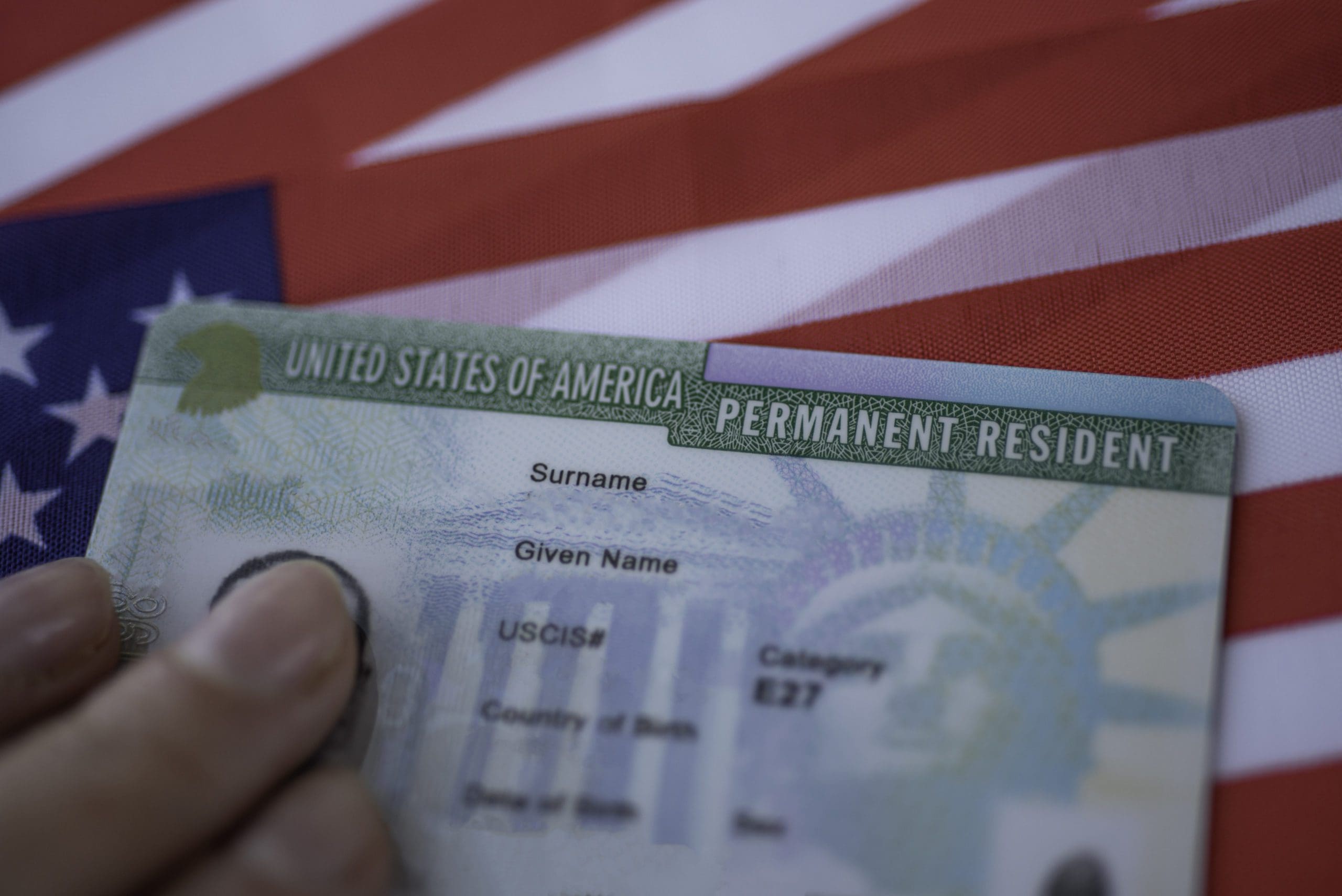The integration of digital technology into print has created exciting new opportunities for branding in 2025. Businesses are no longer relying solely on static brochures or posters. Instead, they are blending print with digital features like QR codes, AR (augmented reality), and NFC technology. This approach makes traditional branding materials more interactive and engaging. AR-enabled business cards, for example, allow a simple scan to open an immersive brand experience. Similarly, printed product packaging now often includes QR codes that link to detailed tutorials, behind-the-scenes videos, or personalized offers. These integrations give customers a reason to engage beyond the initial purchase. NFC tags embedded in brochures and signage bring even more seamless connections. A simple tap with a smartphone can instantly provide customers with exclusive content, discount codes, or appointment booking options. This not only improves engagement but also provides brands with valuable consumer data. The marriage of print and digital also addresses changing consumer habits. As people expect instant information, interactive print ensures brands remain relevant in a fast-paced digital environment. The tactile experience of print, combined with digital convenience, offers the best of both worlds. In 2026, expect these integrations to become standard practice across industries. The businesses that adopt interactive printing today will lead tomorrow’s branding landscape, where engagement is the ultimate differentiator.
Digital Meets Print: The Rise of Interactive Branding Materials


































